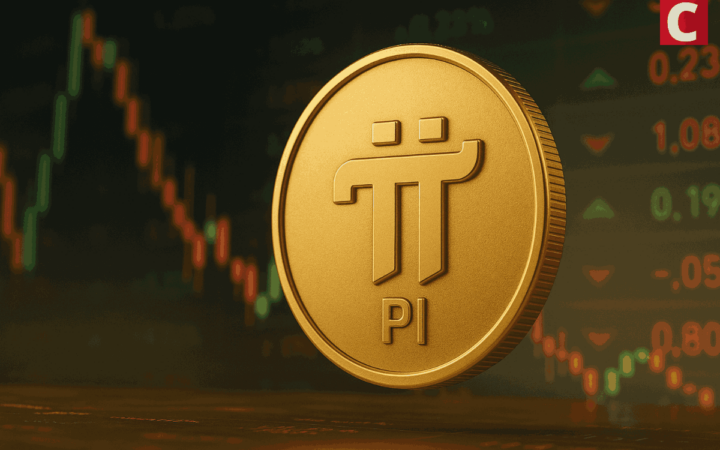Gold price (XAU/USD) tumbles to a two-week low near $4,000 during the early Asian session on Tuesday. The precious metal attracts some sellers after the United States (US) and China agreed on a framework for a trade deal. Traders brace for the Federal Reserve (Fed) interest rate decision later on Wednesday. The attention will shift to the meeting between US President Donald Trump and Chinese leader Xi Jinping on Thursday.
US Treasury Secretary Scott Bessent said on Sunday that the agreement would remove the threat of 100% tariffs on Chinese imports set to take effect on November 1 and would include “a final deal” on the sale of TikTok in the US. The White House confirmed last week that Trump will meet his Chinese counterpart Xi Jinping, in South Korea on Thursday on the sidelines of an Asian summit.
Positive developments to defuse trade tensions between the world’s two largest economies could undermine safe-haven assets like Gold. “A potential U.S.-China trade deal portends a little less need for safe-haven assets such as gold,” said David Meger, director of metals trading at High Ridge Futures.
On the other hand, the expectation of a US interest rate cut might cap the downside for the yellow metal. The markets are now pricing in nearly a 97% possibility of a quarter of a percentage point rate reduction at the Fed’s meeting on Wednesday, according to the CME FedWatch tool. Lower interest rates could reduce the opportunity cost of holding Gold, supporting the non-yielding precious metal.
Gold FAQs
Gold has played a key role in human’s history as it has been widely used as a store of value and medium of exchange. Currently, apart from its shine and usage for jewelry, the precious metal is widely seen as a safe-haven asset, meaning that it is considered a good investment during turbulent times. Gold is also widely seen as a hedge against inflation and against depreciating currencies as it doesn’t rely on any specific issuer or government.
Central banks are the biggest Gold holders. In their aim to support their currencies in turbulent times, central banks tend to diversify their reserves and buy Gold to improve the perceived strength of the economy and the currency. High Gold reserves can be a source of trust for a country’s solvency. Central banks added 1,136 tonnes of Gold worth around $70 billion to their reserves in 2022, according to data from the World Gold Council. This is the highest yearly purchase since records began. Central banks from emerging economies such as China, India and Turkey are quickly increasing their Gold reserves.
Gold has an inverse correlation with the US Dollar and US Treasuries, which are both major reserve and safe-haven assets. When the Dollar depreciates, Gold tends to rise, enabling investors and central banks to diversify their assets in turbulent times. Gold is also inversely correlated with risk assets. A rally in the stock market tends to weaken Gold price, while sell-offs in riskier markets tend to favor the precious metal.
The price can move due to a wide range of factors. Geopolitical instability or fears of a deep recession can quickly make Gold price escalate due to its safe-haven status. As a yield-less asset, Gold tends to rise with lower interest rates, while higher cost of money usually weighs down on the yellow metal. Still, most moves depend on how the US Dollar (USD) behaves as the asset is priced in dollars (XAU/USD). A strong Dollar tends to keep the price of Gold controlled, whereas a weaker Dollar is likely to push Gold prices up.
Source: https://www.fxstreet.com/news/gold-price-forecast-xau-usd-slumps-to-near-4-000-on-us-china-trade-progress-202510280000


